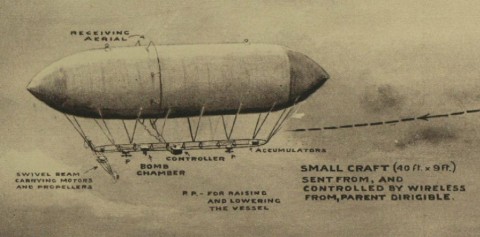
While researching a possible British mystery aeroplane in 1936, which turned out to be nothing interesting, I came across a genuine mystery aeroplane scare which I'd never heard of before, from Australia and New Zealand in March and April 1918. I'm sure somebody else must have noticed it before now, as it was trivial to find using Trove and Papers Past. But I haven't been able to find mention of it in my usual sources, so here's what I've got so far.
Firstly, some context. In March 1918, it was getting on for four years since the start of the Great War. The soldiers of Australia and New Zealand had been engaged in combat for just under three of those years, two of them on the Western Front. The armies there seemed to be in a deadlock. All that can be done is to keep the two ANZAC corps supplied with men and munitions; but in Australia it is only a few months since the public rejected conscription for a second time, in a bitterly divisive plebiscite. If victory seemed to be a long way off, at least so did defeat.
Read the rest of this entry »











Comments
JDK, Brett Holman, JDK
Brett Holman, Brett Holman, Alan Allport
Brett Holman, dr Hamidzeb khan, Brett Holman, Dr.Hamidzeb Khan, Ralph, Brett Holman [...]
Airminded · Perth, Airminded · Not all of me shall die, Don Smith, Brett Holman, Jakob, JDK [...]
Airminded · Perth, Brett Holman, Chris Williams, Brett Holman, Chris Williams
PM, Jeremy Malcolm
Brett Holman, Edward Nugee, Brett Holman, JDK, Airminded · Who said that?, Brett Holman [...]